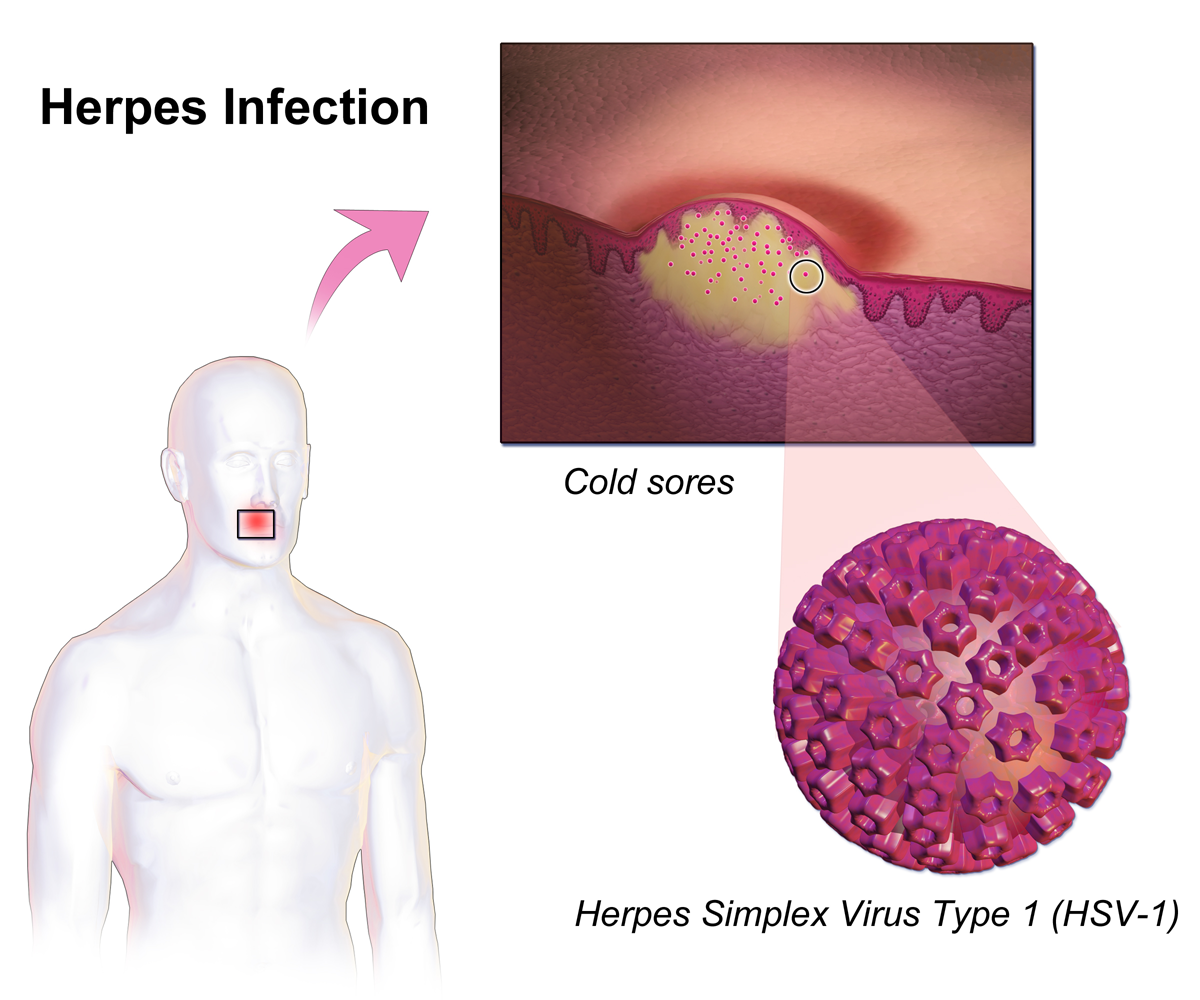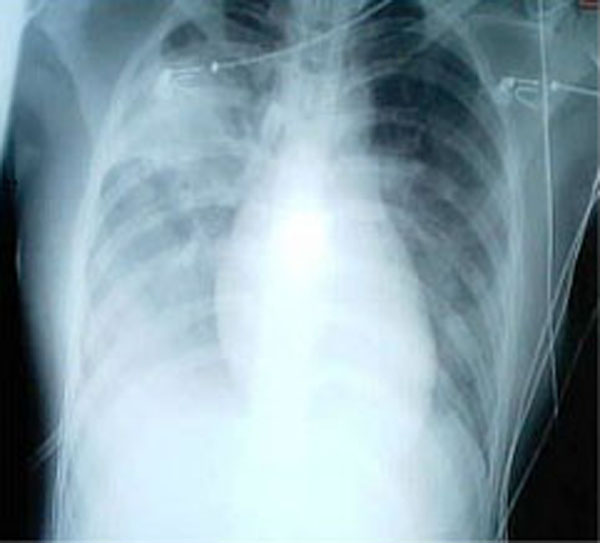|
Serial Interval
The serial interval in the epidemiology of communicable (infectious) diseases is the time between successive cases in a chain of transmission. The serial interval is generally estimated from the interval between clinical onsets (if observable), in which case it is the 'clinical onset serial interval'. It could in principle be estimated by the time interval between infection and subsequent transmission. If the typical time from the first person's clinical onset to when they infect another is ''TA'', and the incubation period of a subsequent case is ''IB'', then the clinical onset serial interval is ''TA + IB''. More realistically, the calculation would use the observed frequency distribution of times from onset of a single primary case to that of its associated secondary cases. If the distribution of timing of transmission events during the infectious period is not skewed around its mean, then the average serial interval is calculated as the sum of the average latent period (from in ... [...More Info...] [...Related Items...] OR: [Wikipedia] [Google] [Baidu] |
Epidemiology
Epidemiology is the study and analysis of the distribution (who, when, and where), patterns and Risk factor (epidemiology), determinants of health and disease conditions in a defined population, and application of this knowledge to prevent diseases. It is a cornerstone of public health, and shapes policy decisions and evidence-based practice by identifying Risk factor (epidemiology), risk factors for disease and targets for preventive healthcare. Epidemiologists help with study design, collection, and statistical analysis of data, amend interpretation and dissemination of results (including peer review and occasional systematic review). Epidemiology has helped develop methodology used in clinical research, public health studies, and, to a lesser extent, basic research in the biological sciences. Major areas of epidemiological study include disease causation, transmission (medicine), transmission, outbreak investigation, disease surveillance, environmental epidemiology, forensic ... [...More Info...] [...Related Items...] OR: [Wikipedia] [Google] [Baidu] |
Infectious Disease
An infection is the invasion of tissue (biology), tissues by pathogens, their multiplication, and the reaction of host (biology), host tissues to the infectious agent and the toxins they produce. An infectious disease, also known as a transmissible disease or communicable disease, is an Disease#Terminology, illness resulting from an infection. Infections can be caused by a wide range of pathogens, most prominently pathogenic bacteria, bacteria and viruses. Hosts can fight infections using their immune systems. Mammalian hosts react to infections with an Innate immune system, innate response, often involving inflammation, followed by an Adaptive immune system, adaptive response. Treatment for infections depends on the type of pathogen involved. Common medications include: * Antibiotics for bacterial infections. * Antivirals for viral infections. * Antifungals for fungal infections. * Antiprotozoals for protozoan infections. * Antihelminthics for infections caused by parasi ... [...More Info...] [...Related Items...] OR: [Wikipedia] [Google] [Baidu] |
Oxford University Press
Oxford University Press (OUP) is the publishing house of the University of Oxford. It is the largest university press in the world. Its first book was printed in Oxford in 1478, with the Press officially granted the legal right to print books by decree in 1586. It is the second-oldest university press after Cambridge University Press, which was founded in 1534. It is a department of the University of Oxford. It is governed by a group of 15 academics, the Delegates of the Press, appointed by the Vice Chancellor, vice-chancellor of the University of Oxford. The Delegates of the Press are led by the Secretary to the Delegates, who serves as OUP's chief executive and as its major representative on other university bodies. Oxford University Press has had a similar governance structure since the 17th century. The press is located on Walton Street, Oxford, Walton Street, Oxford, opposite Somerville College, Oxford, Somerville College, in the inner suburb of Jericho, Oxford, Jericho. ... [...More Info...] [...Related Items...] OR: [Wikipedia] [Google] [Baidu] |
Incubation Period
Incubation period (also known as the latent period or latency period) is the time elapsed between exposure to a pathogenic organism, a chemical, or ionizing radiation, radiation, and when symptoms and signs are first apparent. In a typical infectious disease, the incubation period signifies the period taken by the multiplying organism to reach a threshold necessary to produce symptoms in the host. While ''latent'' or ''latency period'' may be synonymous, a distinction is sometimes made whereby the latent period (epidemiology), latent period is defined as the time from infection to infectiousness. Which period is shorter depends on the disease. A person may carry a disease, such as ''Streptococcus'' in the throat, without exhibiting any symptoms. Depending on the disease, the person may or may not be contagious disease, contagious during the incubation period. During latency, an infection is subclinical. With respect to viral infections, in incubation the virus is replicating. Thi ... [...More Info...] [...Related Items...] OR: [Wikipedia] [Google] [Baidu] |
Chickenpox
Chickenpox, also known as varicella ( ), is a highly contagious disease caused by varicella zoster virus (VZV), a member of the herpesvirus family. The disease results in a characteristic skin rash that forms small, itchy blisters, which eventually scab over. It usually starts on the chest, back, and face. It then spreads to the rest of the body. The rash and other symptoms, such as fever, tiredness, and headaches, usually last five to seven days. Complications may occasionally include pneumonia, inflammation of the brain, and bacterial skin infections. The disease is usually more severe in adults than in children. Chickenpox is an airborne disease which easily spreads via human-to-human transmission, typically through the coughs and sneezes of an infected person. The incubation period is 10–21 days, after which the characteristic rash appears. It may be spread from one to two days before the rash appears until all lesions have crusted over. It may also spread through ... [...More Info...] [...Related Items...] OR: [Wikipedia] [Google] [Baidu] |
Herpes
Herpes simplex, often known simply as herpes, is a viral infection caused by the herpes simplex virus. Herpes infections are categorized by the area of the body that is infected. The two major types of herpes are oral herpes and genital herpes, though other forms also exist. Oral herpes involves the face or mouth. It may result in small blisters in groups, often called cold sores or fever blisters, or may just cause a sore throat. Genital herpes involves the genitalia. It may have minimal symptoms or form blisters that break open and result in small ulcers. These typically heal over two to four weeks. Tingling or shooting pains may occur before the blisters appear. Herpes cycles between periods of active disease followed by periods without symptoms. The first episode is often more severe and may be associated with fever, muscle pains, swollen lymph nodes and headaches. Over time, episodes of active disease decrease in frequency and severity. Herpetic whitlow typically inv ... [...More Info...] [...Related Items...] OR: [Wikipedia] [Google] [Baidu] |
Severe Acute Respiratory Syndrome
Severe acute respiratory syndrome (SARS) is a viral respiratory disease of zoonotic origin caused by the virus SARS-CoV-1, the first identified strain of the SARS-related coronavirus. The first known cases occurred in November 2002, and the syndrome caused the 2002–2004 SARS outbreak. In 2004, Xue Wu Zhang and Yee Leng Yap found that the Spike 2 (S2) protein of SARS is structurally similar to HIV-1 gp41 subunit, suggesting an analogous membrane fusion mechanism between the two. In the 2010s, Chinese scientists traced the virus through the intermediary of Asian palm civets to cave-dwelling horseshoe bats in Xiyang Yi Ethnic Township, Yunnan.The locality was referred to be "a cave in Kunming" in earlier sources because the Xiyang Yi Ethnic Township is administratively part of Kunming, though 70 km apart. Xiyang was identified on * For an earlier interview of the researchers about the locality of the caves, see: SARS was a relatively rare disease; at the end of the epid ... [...More Info...] [...Related Items...] OR: [Wikipedia] [Google] [Baidu] |
COVID-19
Coronavirus disease 2019 (COVID-19) is a contagious disease caused by the coronavirus SARS-CoV-2. In January 2020, the disease spread worldwide, resulting in the COVID-19 pandemic. The symptoms of COVID‑19 can vary but often include fever, fatigue, cough, breathing difficulties, anosmia, loss of smell, and ageusia, loss of taste. Symptoms may begin one to fourteen days incubation period, after exposure to the virus. At least a third of people who are infected asymptomatic, do not develop noticeable symptoms. Of those who develop symptoms noticeable enough to be classified as patients, most (81%) develop mild to moderate symptoms (up to mild pneumonia), while 14% develop severe symptoms (dyspnea, hypoxia (medical), hypoxia, or more than 50% lung involvement on imaging), and 5% develop critical symptoms (respiratory failure, shock (circulatory), shock, or organ dysfunction, multiorgan dysfunction). Older people have a higher risk of developing severe symptoms. Some complicati ... [...More Info...] [...Related Items...] OR: [Wikipedia] [Google] [Baidu] |
Incubation Period
Incubation period (also known as the latent period or latency period) is the time elapsed between exposure to a pathogenic organism, a chemical, or ionizing radiation, radiation, and when symptoms and signs are first apparent. In a typical infectious disease, the incubation period signifies the period taken by the multiplying organism to reach a threshold necessary to produce symptoms in the host. While ''latent'' or ''latency period'' may be synonymous, a distinction is sometimes made whereby the latent period (epidemiology), latent period is defined as the time from infection to infectiousness. Which period is shorter depends on the disease. A person may carry a disease, such as ''Streptococcus'' in the throat, without exhibiting any symptoms. Depending on the disease, the person may or may not be contagious disease, contagious during the incubation period. During latency, an infection is subclinical. With respect to viral infections, in incubation the virus is replicating. Thi ... [...More Info...] [...Related Items...] OR: [Wikipedia] [Google] [Baidu] |





